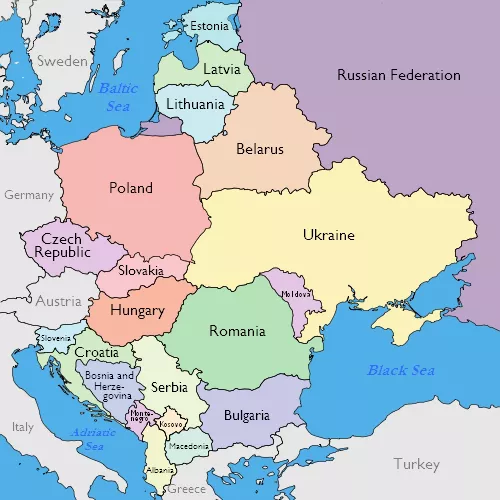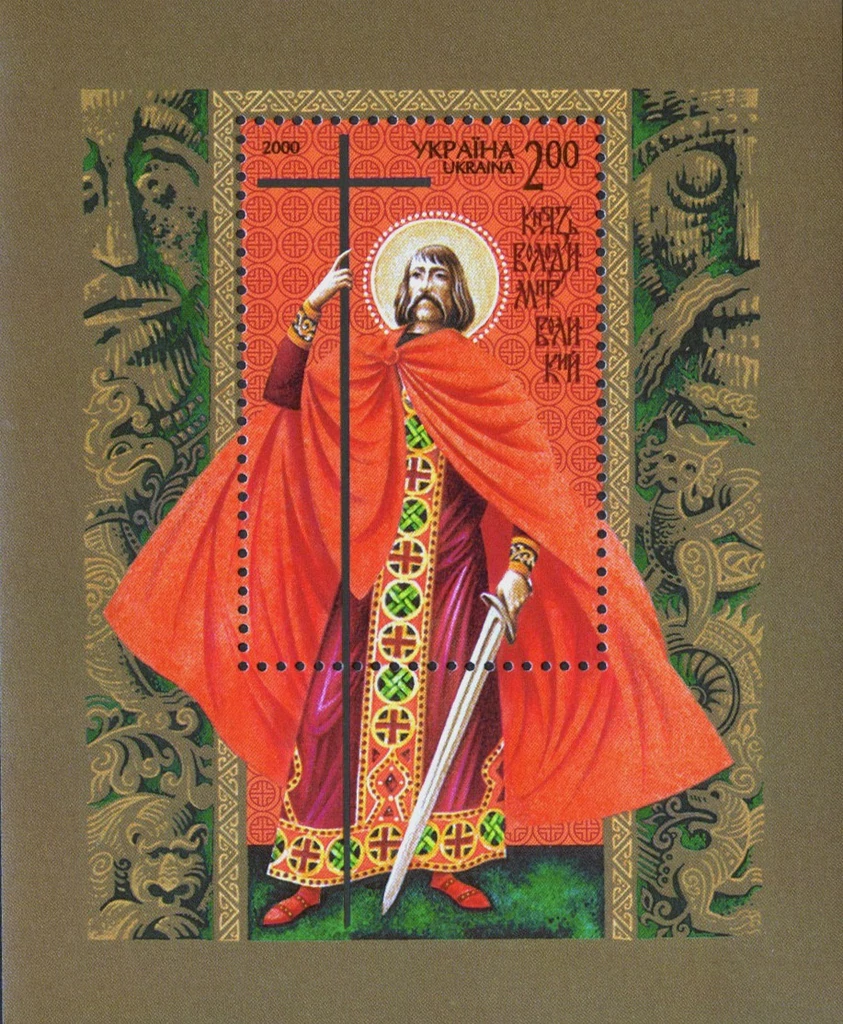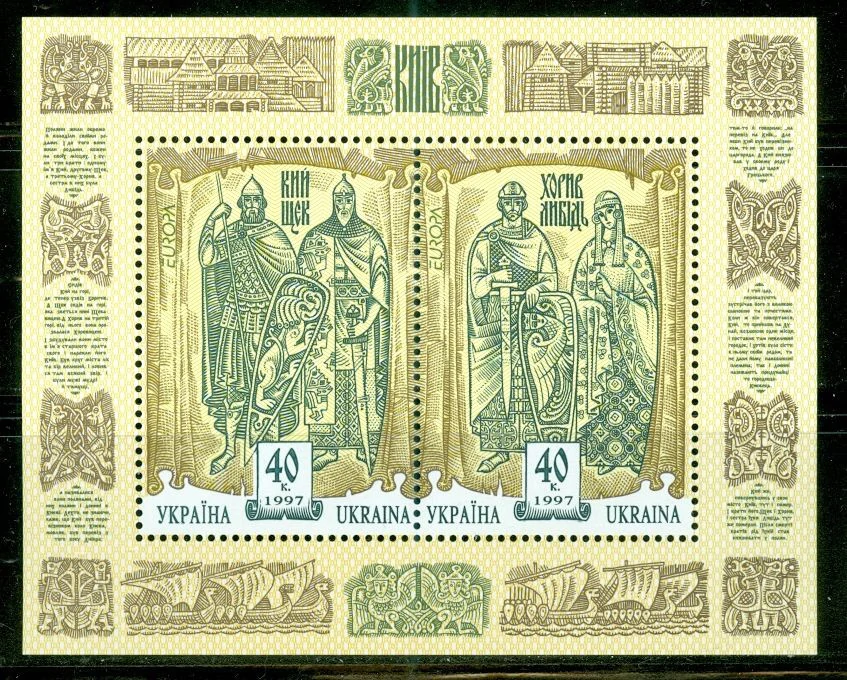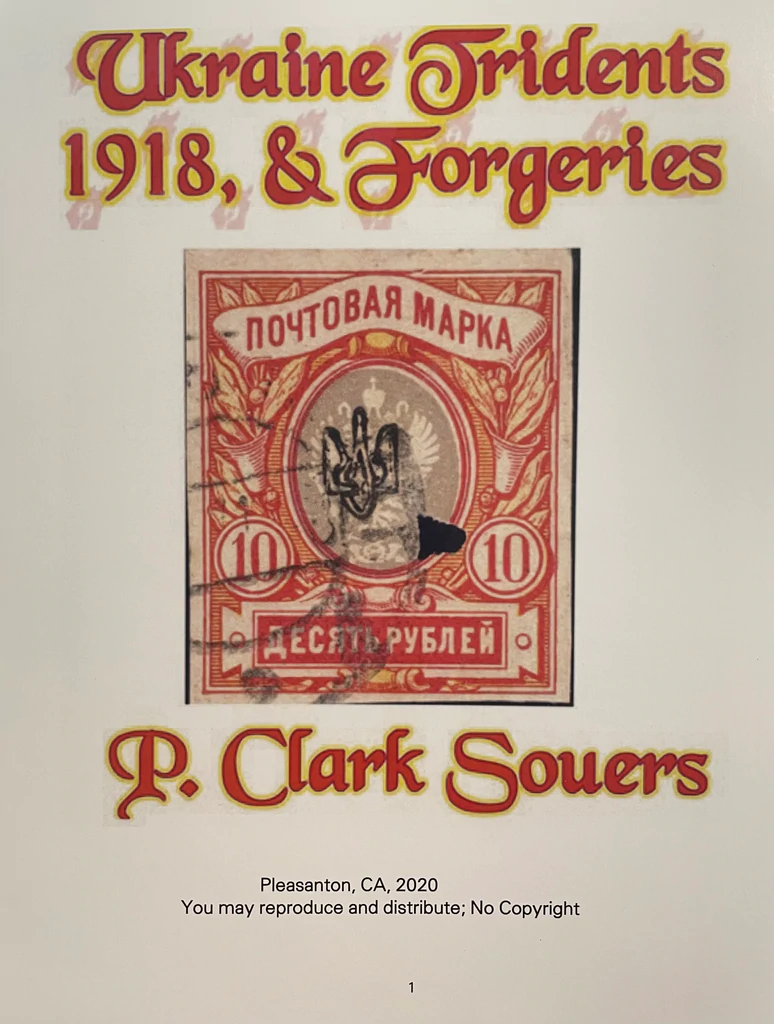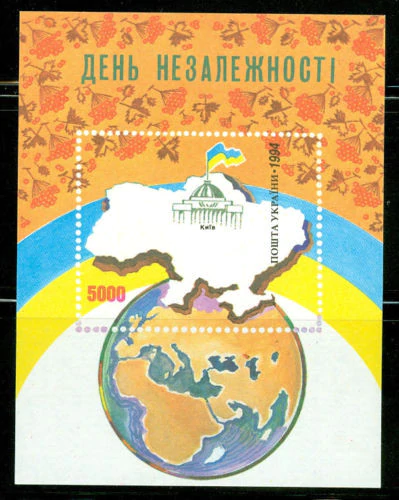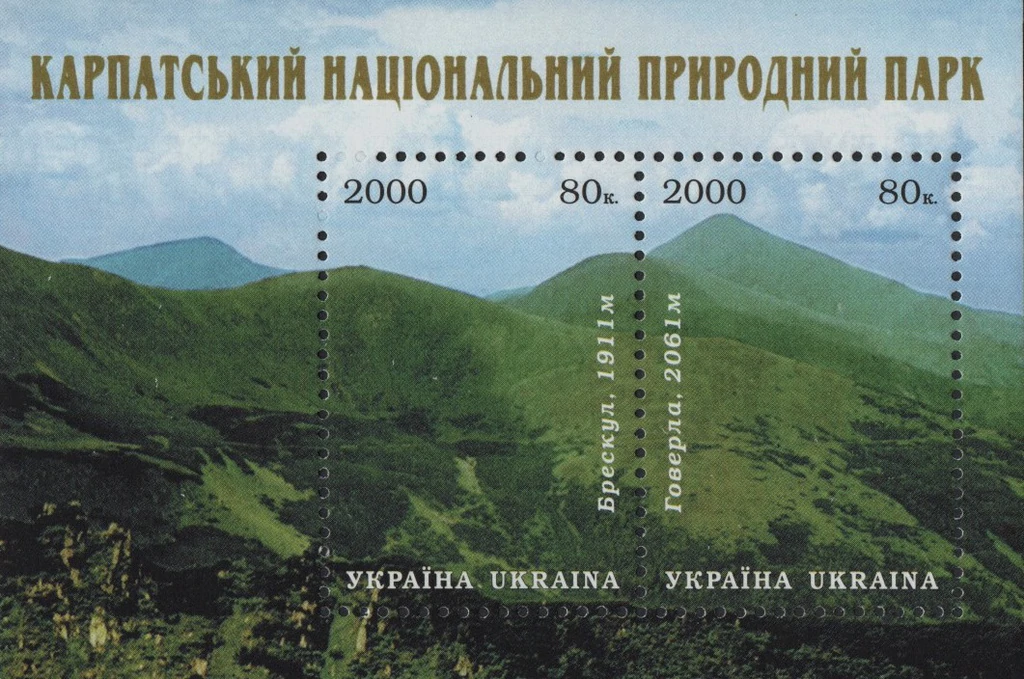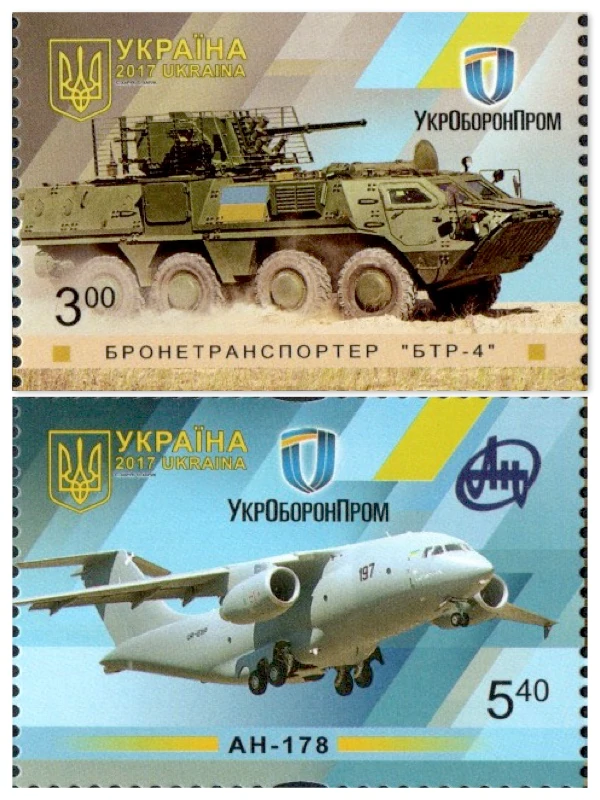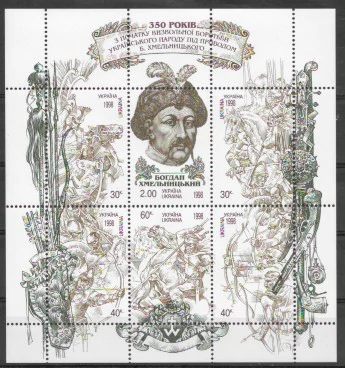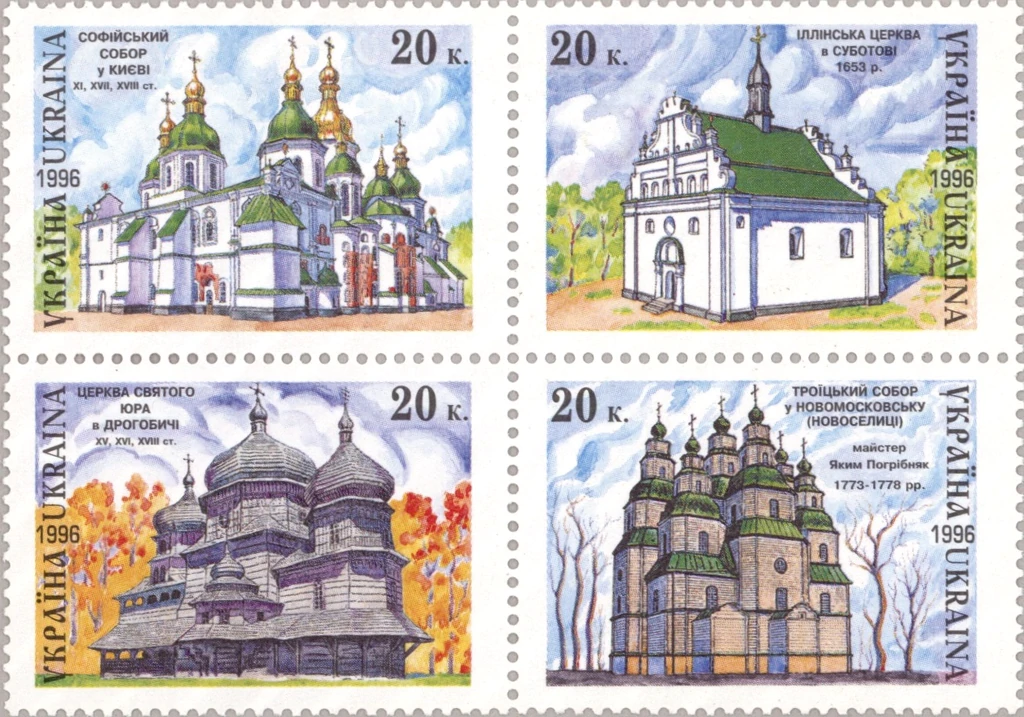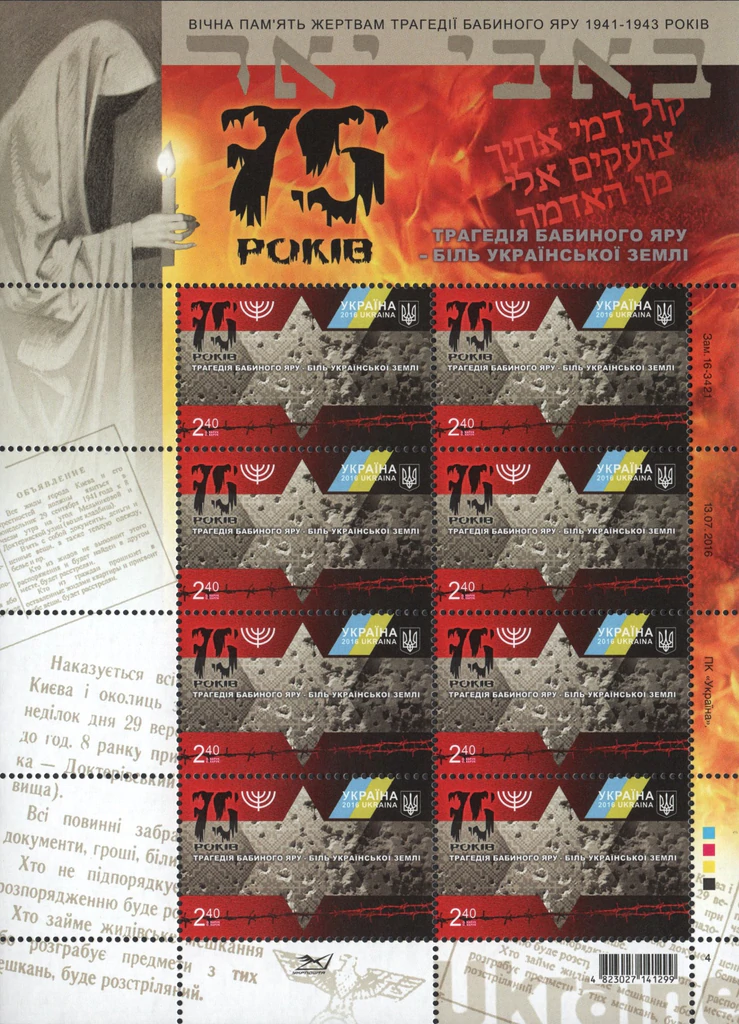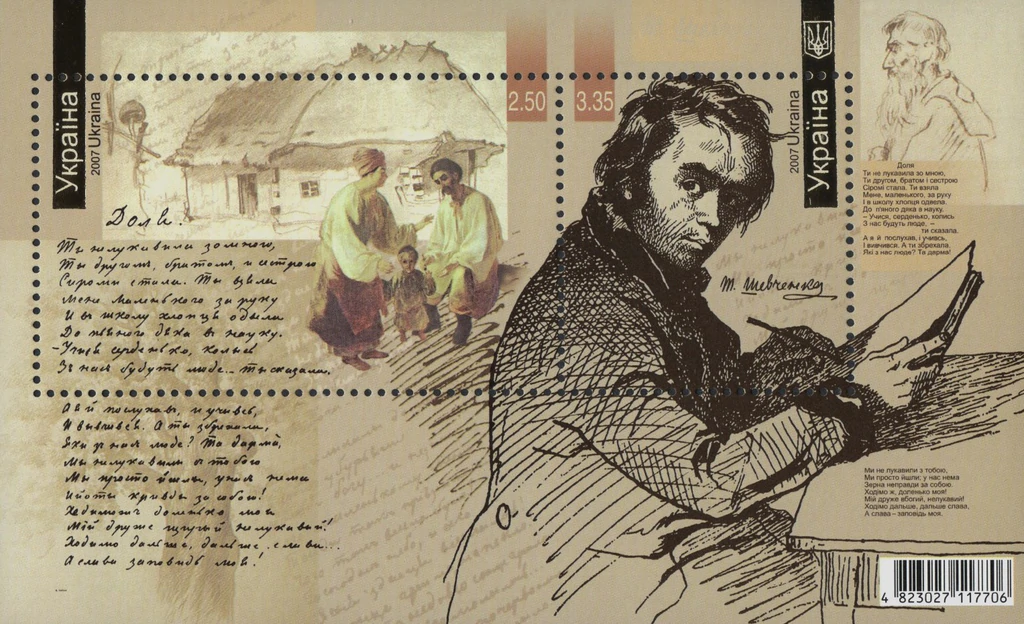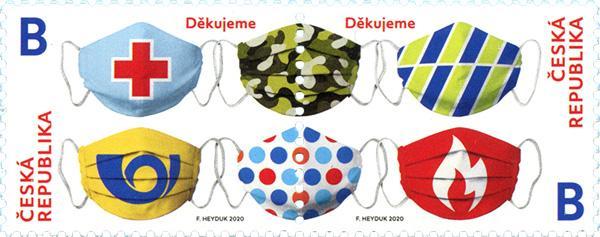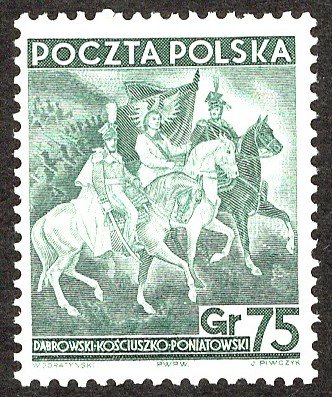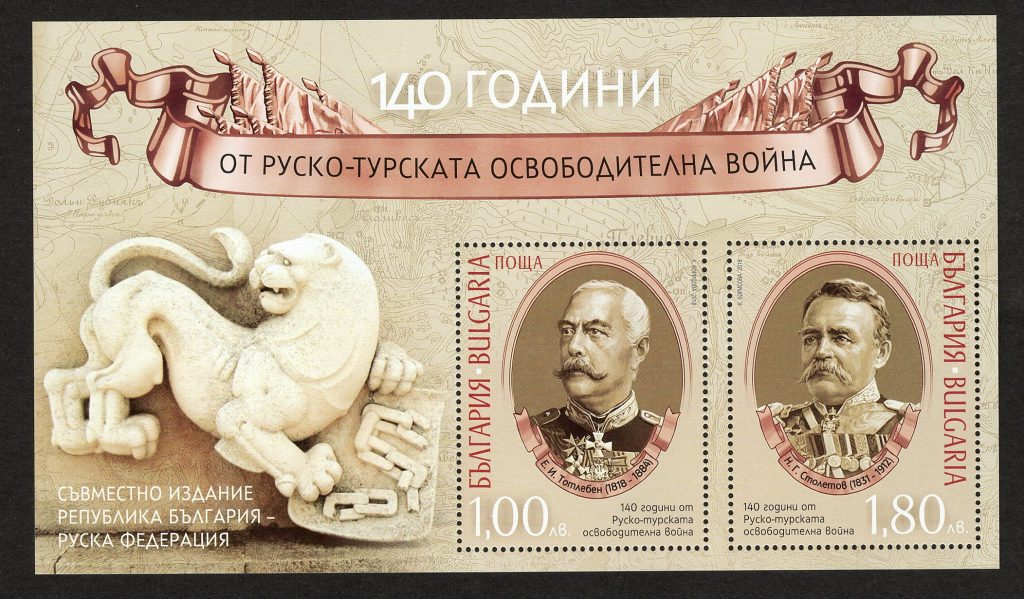Please join us at HSE in our hope for peace and freedom for the people of Ukraine as we offer this philatelic tribute to the 44 million people of the largest country in Eastern Europe.
The people of Ukraine have endured over many centuries to recapture and maintain their freedom. Many of their stamp issuances celebrate Ukrainian independence.
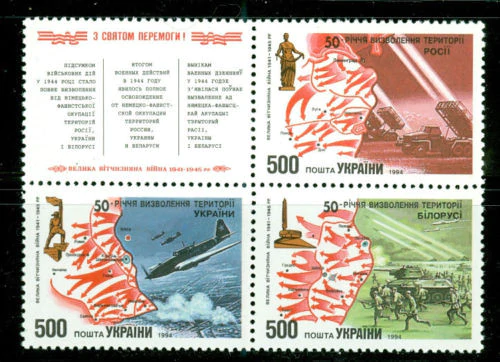
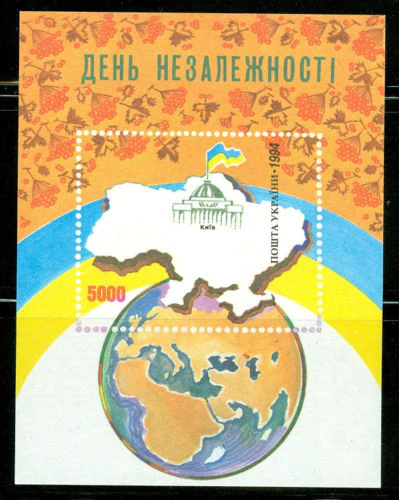
Prior to the 17th Century, Ukrainian territories have been caught between competing empires and would overlap with Polish-Lithuanian Commonwealth (Rzeczpospolita), Crimean Khanate, Hapsburg lands and Czarist Russia.
The two countries of Ukraine and Russia shared heritage goes back more than a thousand years to a time when Kyiv, now Ukraine’s capital, was at the center of the first Slavic state, Kyivan Rus. In A.D. 988 Vladimir I, the pagan prince of Novgorod and grand prince of Kyiv, accepted the Orthodox Christian faith and was baptized in the Crimean city of Chersonesus.
Several times over the past 10 centuries, Ukraine has been carved up by competing powers. Mongol warriors from the east conquered Kyivan Rus in the 13th century. In the 16th century Polish and Lithuanian armies invaded from the west. In the 17th century, war between the Polish-Lithuanian Commonwealth and the Czardom of Russia brought lands to the east of the Dnieper River under Russian Imperial control. The east became known as “Left Bank” Ukraine; lands to the west of the Dnieper, or “Right Bank,” were ruled by Poland. More than a century later, in 1793, right bank (western) Ukraine was annexed by the Russian Empire.
Over the years that followed, a policy known as Russification banned the use of the Ukrainian language, and people were pressured to convert to the Russian Orthodox faith. Catherine the Great, Empress of Russia for over 34 years ordered the invasion of Crimean in 1776 and ultimately led to the loss of Ukraine autonomy.
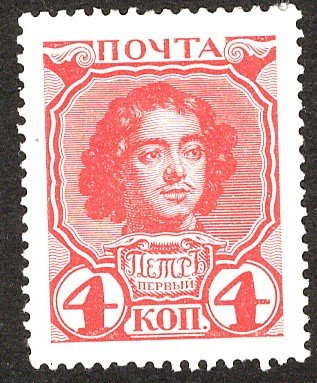
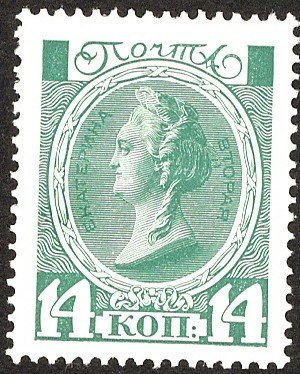
Ukraine suffered some of its greatest traumas during the 20th century. After the communist revolution of 1917, Ukraine was one of the many countries to fight a brutal civil war before being fully absorbed into the Soviet Union in 1922.
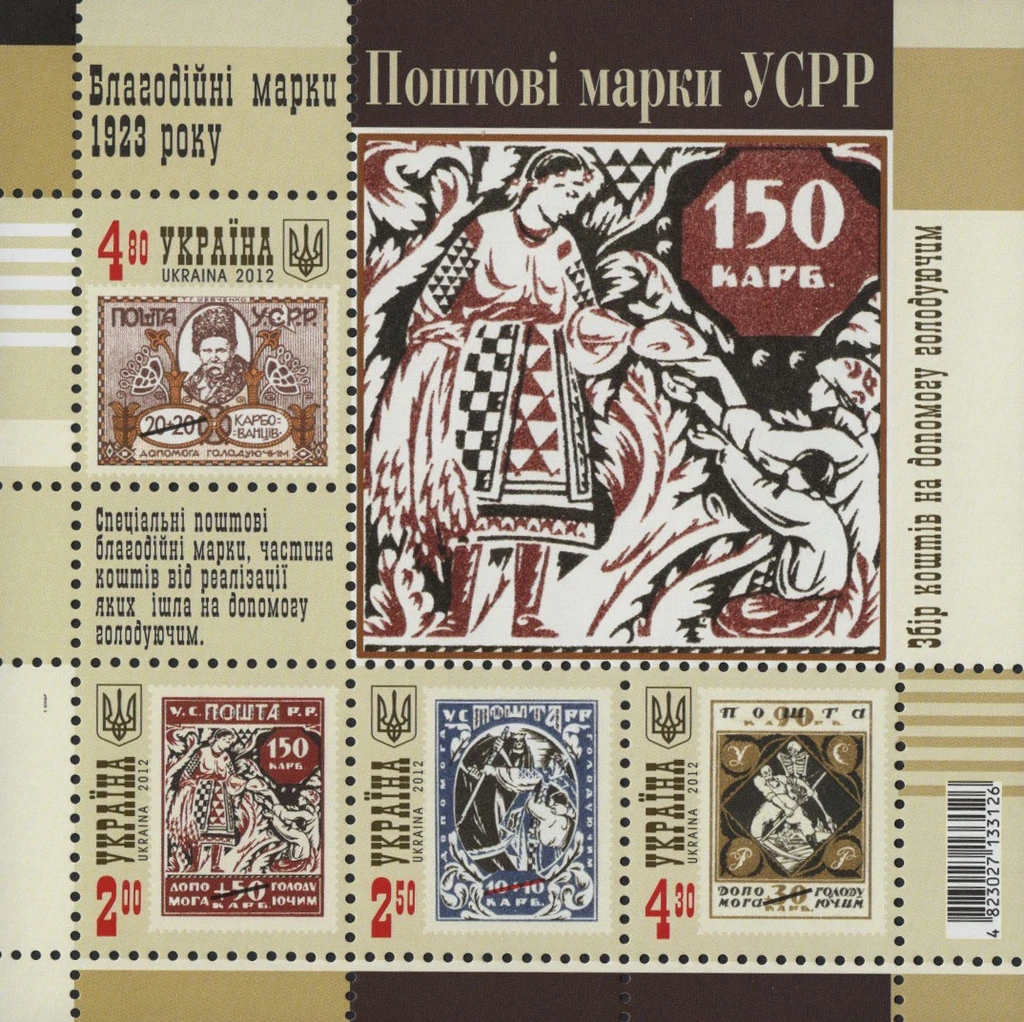
In the early 1930s Soviet leader Joseph Stalin orchestrated a famine that resulted in the death of millions of Ukrainians to force peasants to join collective farms . Afterward, Stalin imported large numbers of Russians and other Soviet citizens—many with no ability to speak Ukrainian and with few ties to the region—to help repopulate the east.
Philatelic issuances reflect these turbulent times with the issues of overprints with forgeries being common with these issues.
Eastern Ukraine came under Russian rule much earlier than western Ukraine, people in the east having stronger ties to Russia. Western Ukraine, by contrast, spent centuries under the shifting control of European powers such as Poland and the Austro-Hungarian Empire, the west tending to support more Western-leaning politicians. The eastern population tends to be more Russian-speaking and Orthodox, while parts of the west are more Ukrainian-speaking and Catholic.
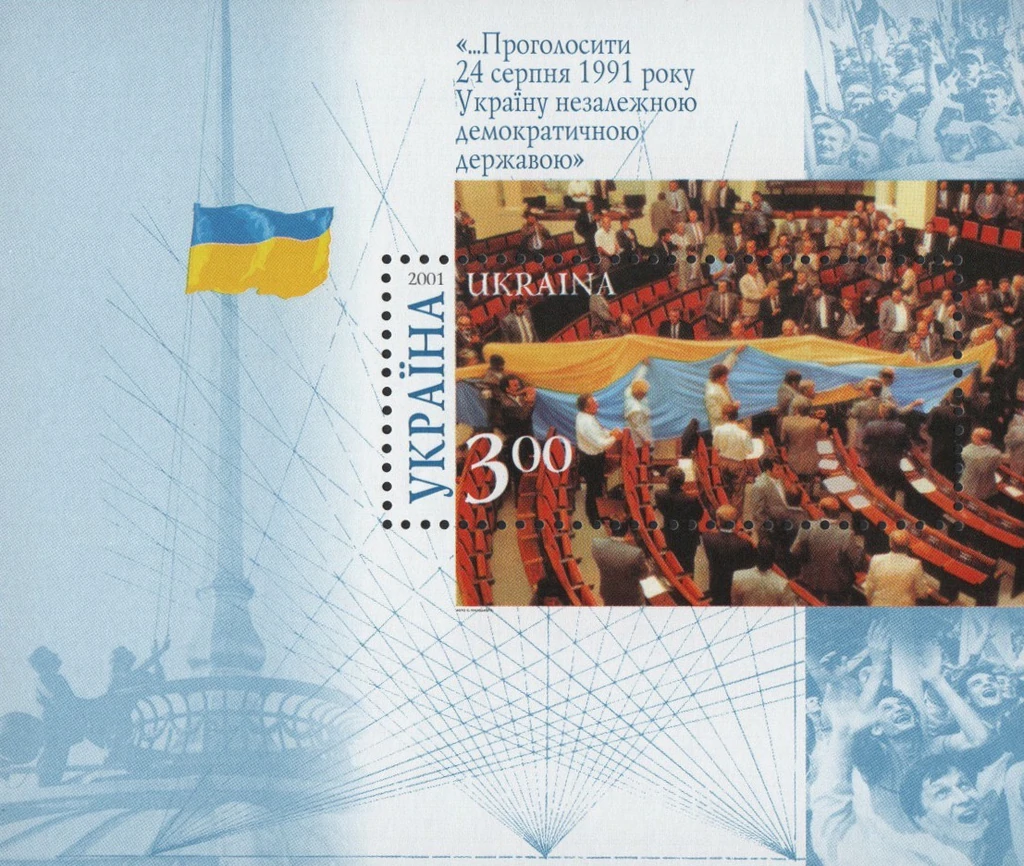
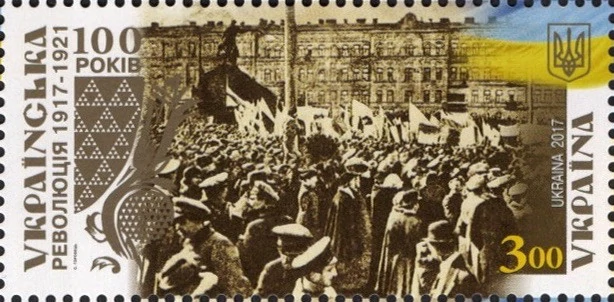
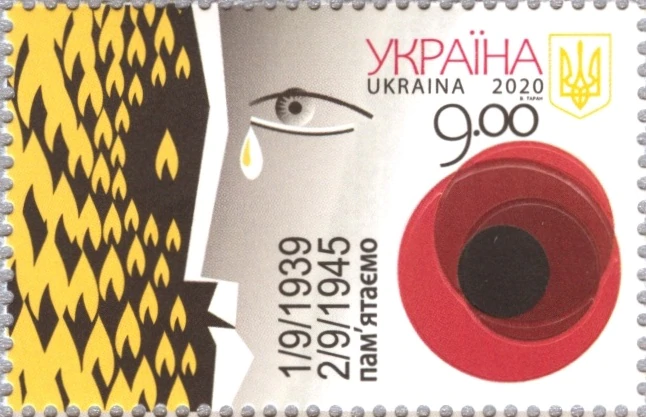
With the collapse of the Soviet Union in 1991, Ukraine became an independent nation.
There is an ecological divide between the southern and eastern parts of Ukraine known as the steppes, with their fertile farming soil and the northern and western regions, which are more forested [Forest stamp] [401]
Crimea was occupied and annexed by Russia in 2014, followed shortly after by a separatist uprising in the eastern Ukrainian region of Donbas that resulted in the declaration of the Russian-backed People’s Republics of Luhansk and Donetsk. Today, Russian troops are again invading Ukraine.
Legacy of the Cossacks
Ukrainian Zaporozhian Cossacks have come to symbolize Ukraine’s ethnic image, much like the medieval knights of Western Europe. Don Cossacks are Russian.

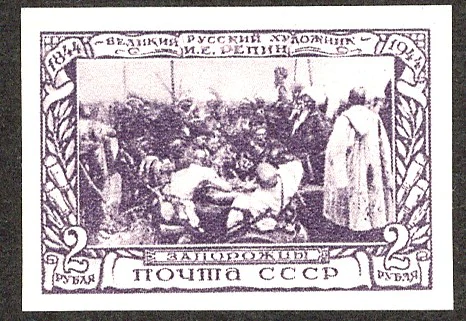
Ukrainian Cossacks descended from a variety of nationalities and social groups. Their ancestors came from Ukrainian, Russian, Polish, and Tatar territories, and migrated to the southern steppes to hunt, fish, gather honey, and make hand crafted goods. References to Cossacks first appear at the end of the 15th century, with their fame spreading throughout Europe over the next hundred years. Their raids and robberies intimidated Turkey, and their support of Poland in campaigns against the Muscovites shook the throne of Moscow.
At the beginning of the 16th century, Christian European governors considered the Cossacks to be crucial allies in their war against the Ottoman Empire. In 1621, Lithuanian-Polish troops battled the Ottoman Empire at Khotyn. There, Cossack troops, headed by Hetman Petro Sahaidachny, joined Polish-Lithuanian forces and they stopped the Turkish army at its borders.
After that, the Zaporozhian Cossacks imposed increasingly large requirements on the Polish-Lithuanian Commonwealth. The reaction of the Poles did not satisfy the Cossacks, so they raised a rebellion under the leadership of Hetman Bohdan Khmelnytsky. It ended with the creation of Cossack autonomy.
Ukrainian Cossacks gained their independence in 1649. That year, as a result of the Zboriv agreements between the leaders of the Rzeczpospolita and Cossack Hetman Bohdan Khmelnytsky, it was formed as part of the Kyiv, Chernihiv, and Bratslav regions.
It was the Cossacks who spread and popularized the term Ukraine as the name of their territories.
Cathedrals, Churches & Monasteries
Stamp issuances include symbols of Ukrainian religion, some of which are World Heritage sites.
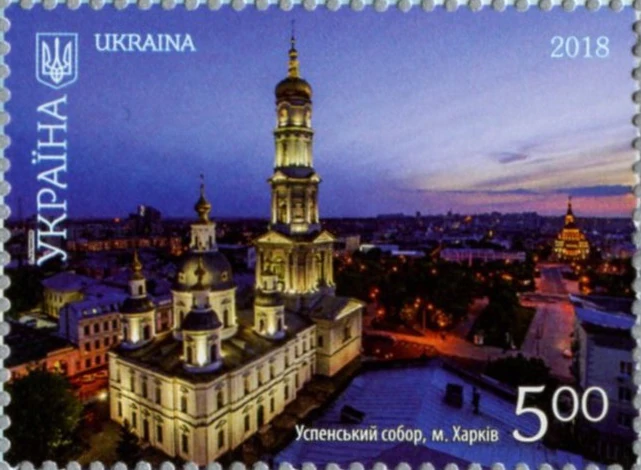
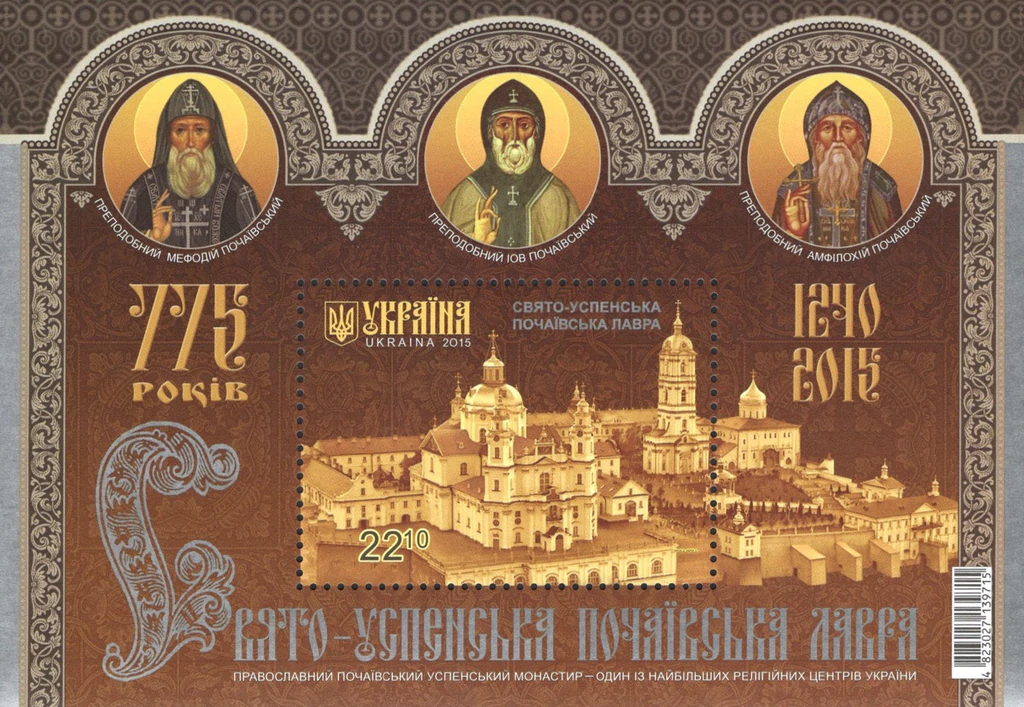
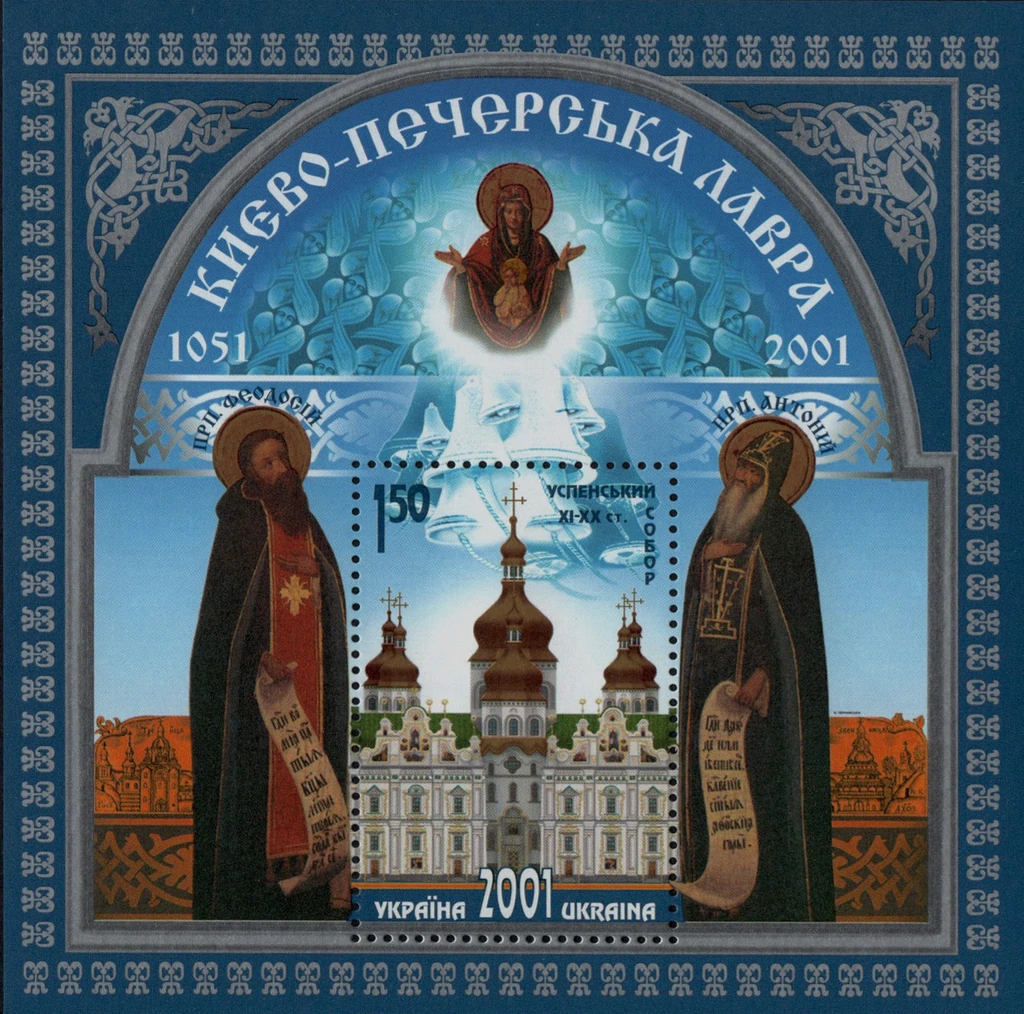
Landmarks, Castles, & Universities
Offerings are a tribute to Ukraine heritage and are well depicted on stamps issuances, the highlight of which are the Seven Wonders of Ukraine. [904]
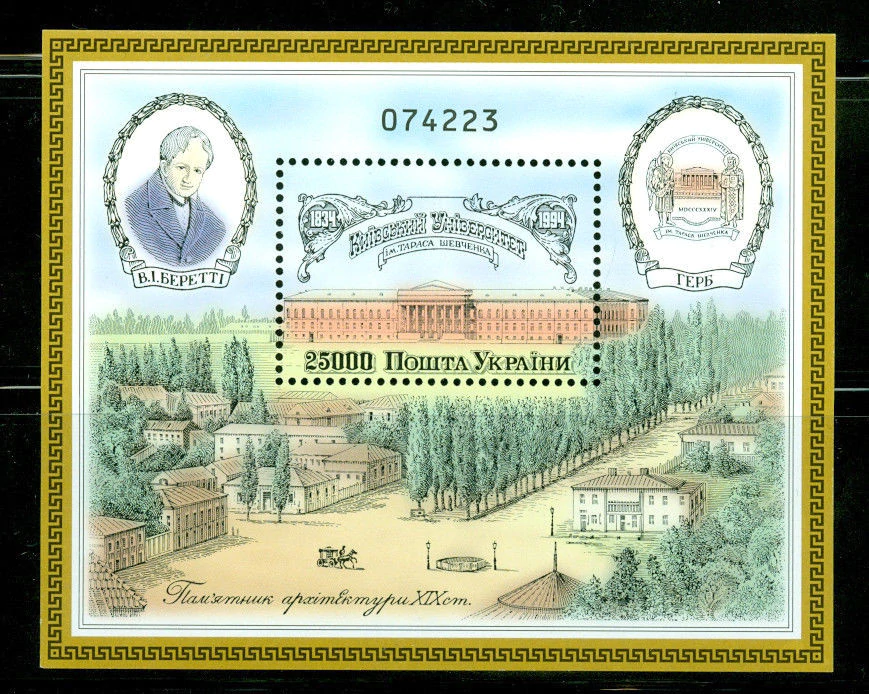
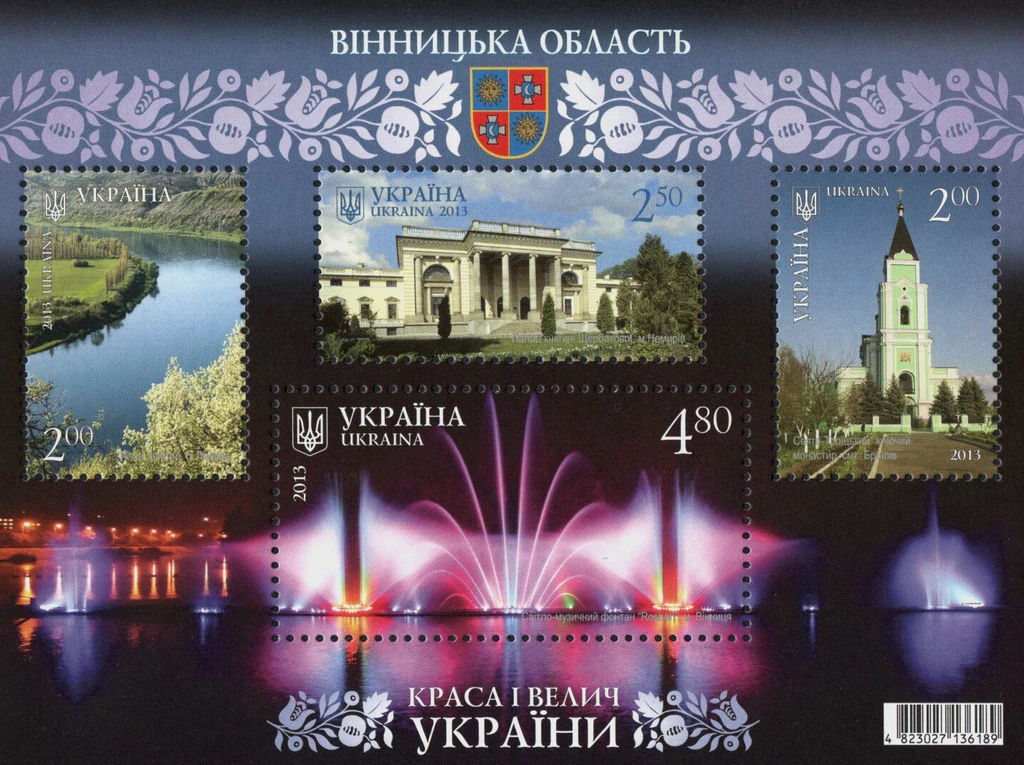
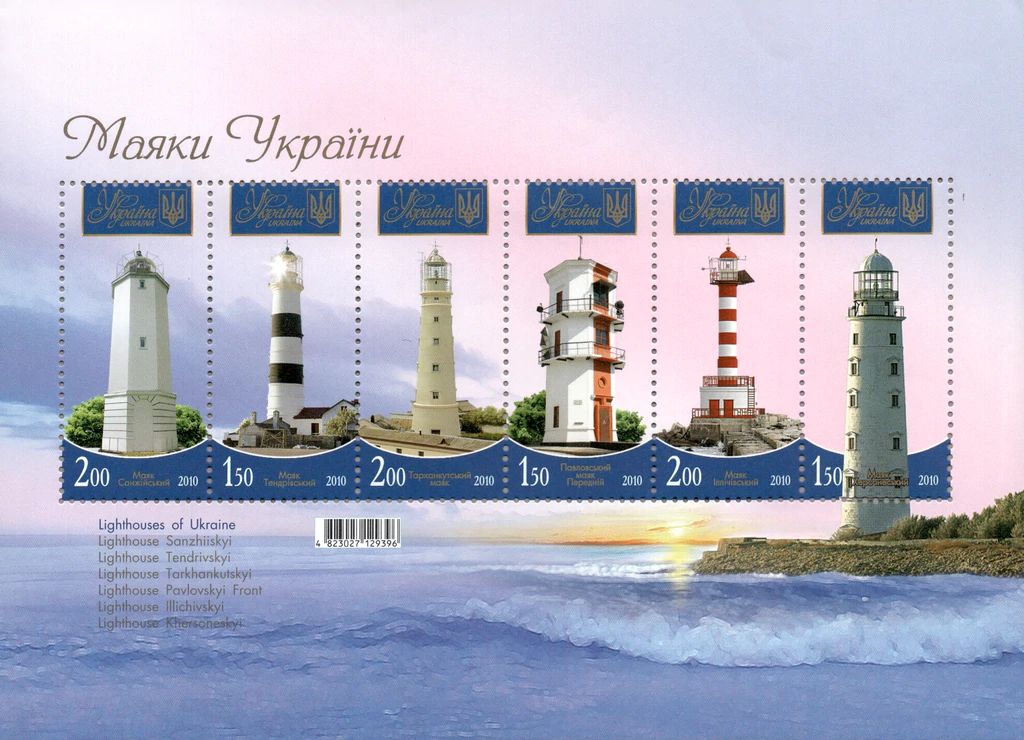

Europa
Europa are special stamps issued by European postal administrations which focus on Europe as the central theme.
Ukraine as an integral part of Europe contributes beautiful Europa stamp issuances, including Europa Water, Circus, Integration, Children’s Books, Musical Instruments, Old Toys and Bridges.

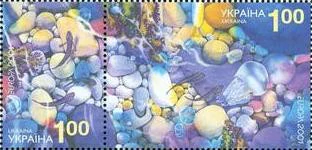
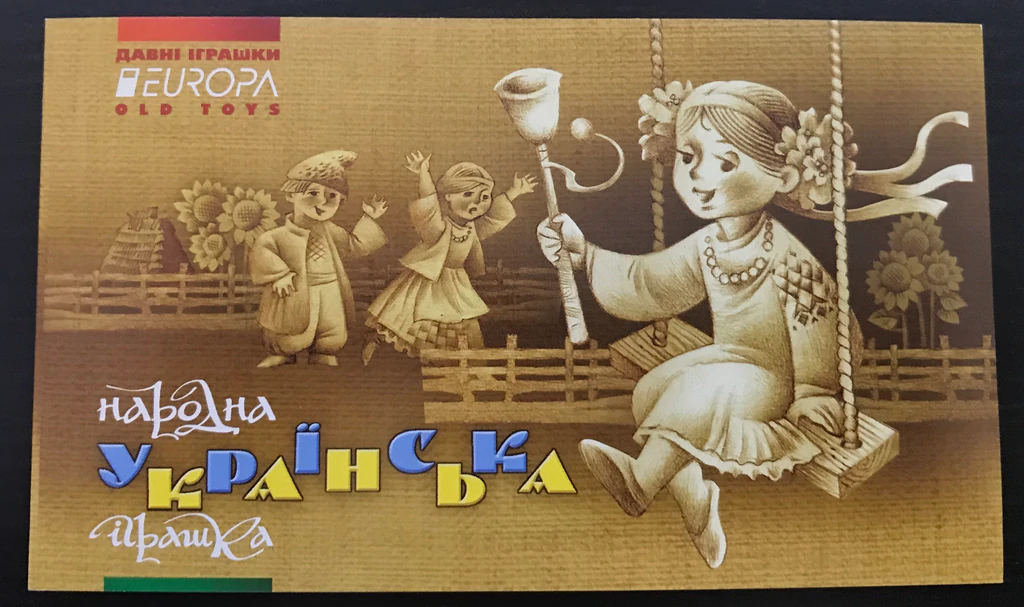
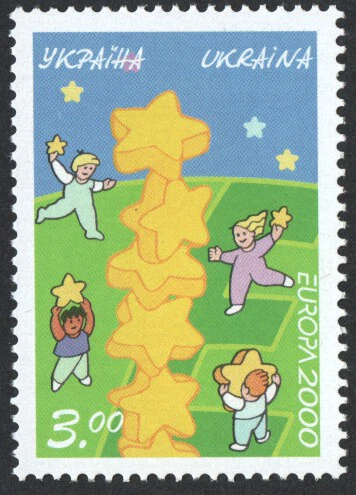
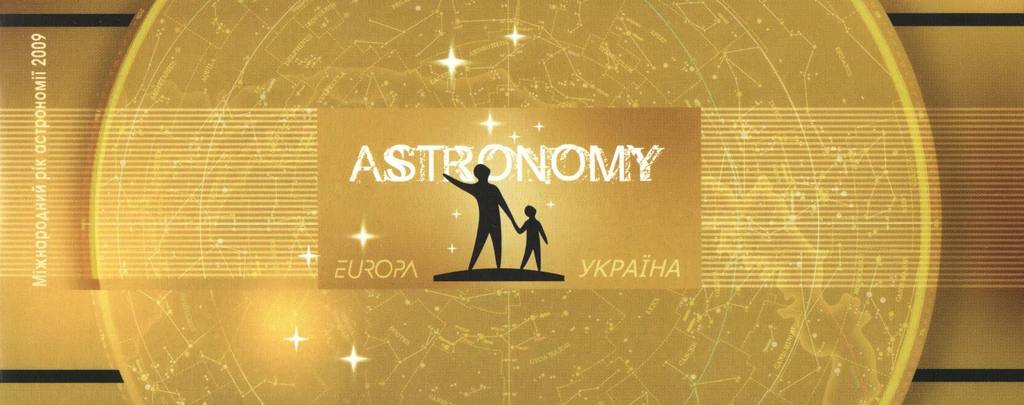
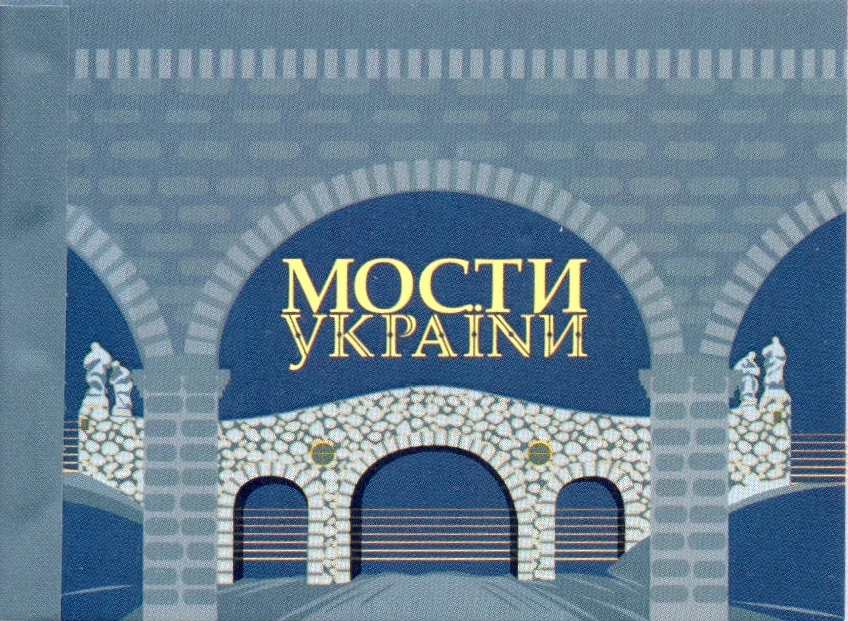

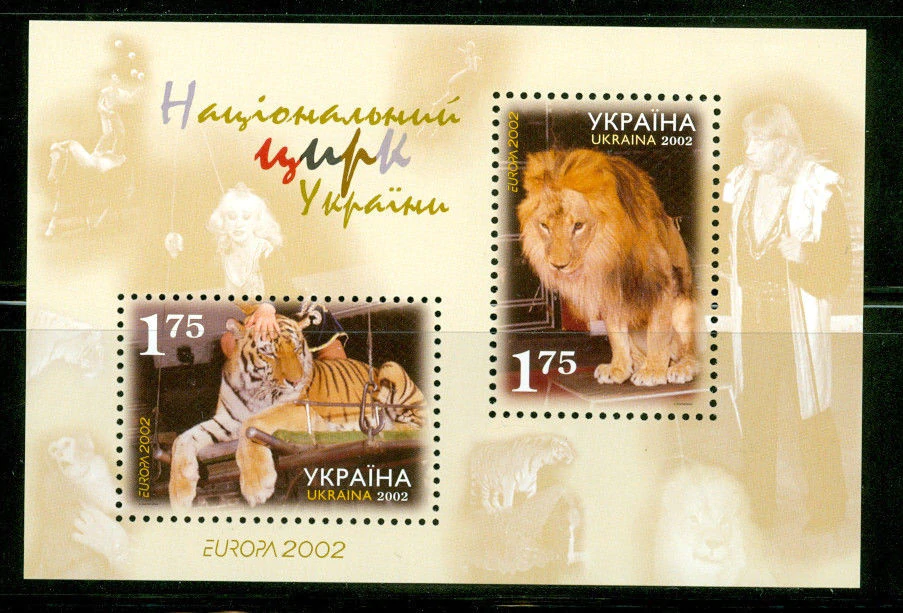

Eastern Europe stamp issuances of 1995 Europa: Peace & Freedom are the hope for the future.

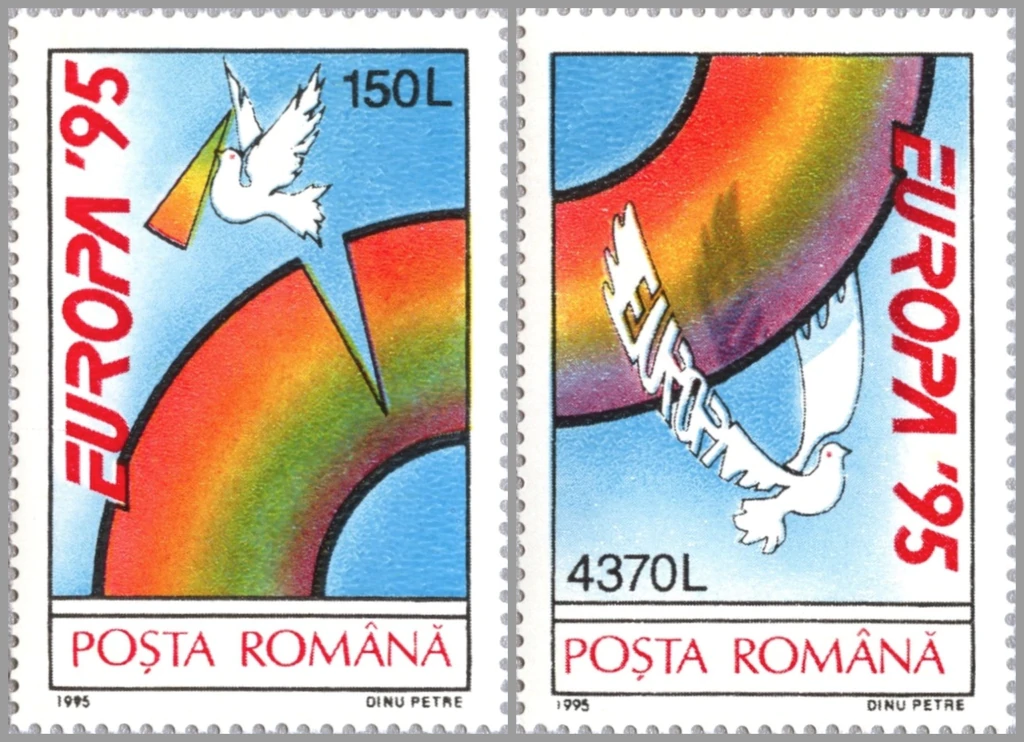
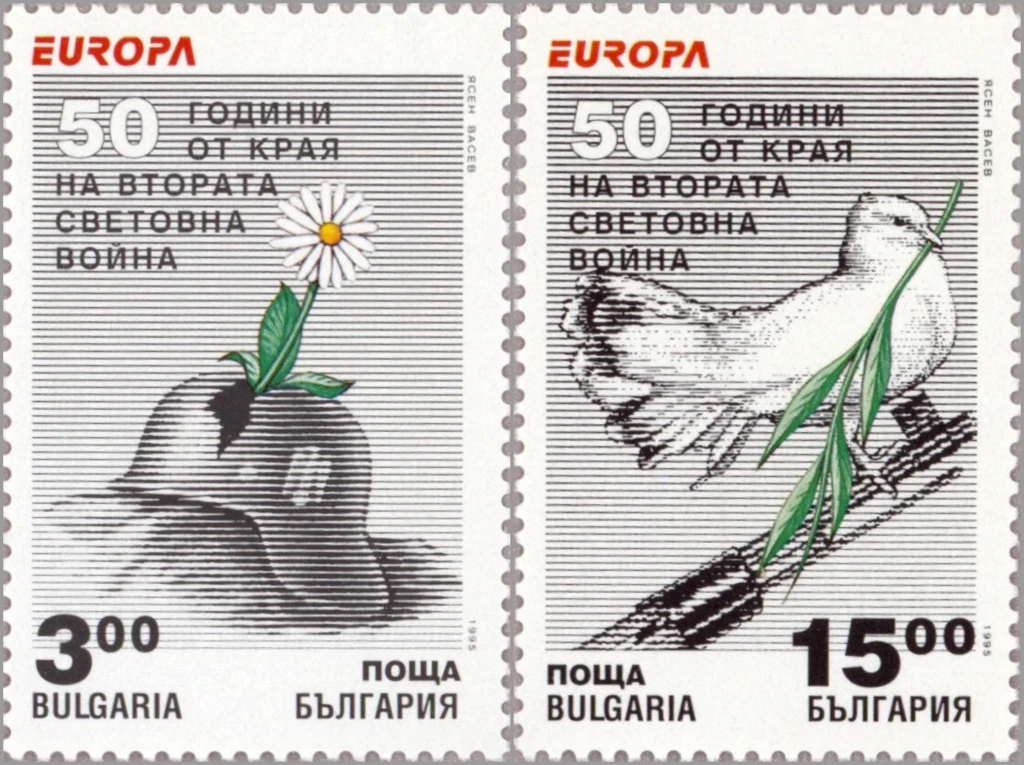
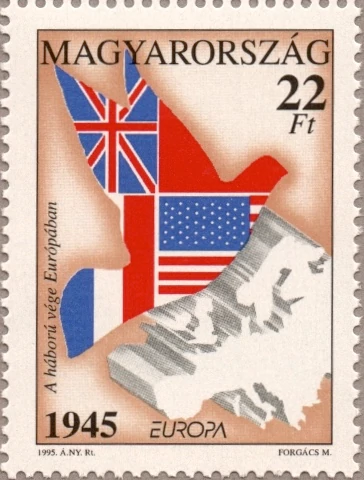
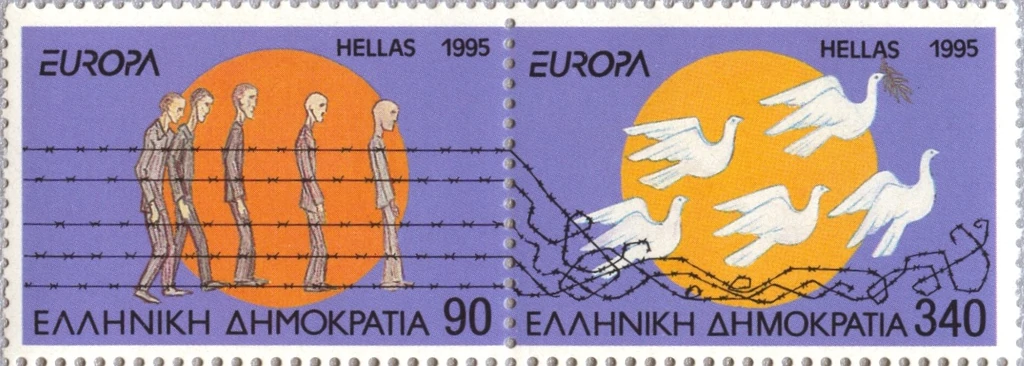
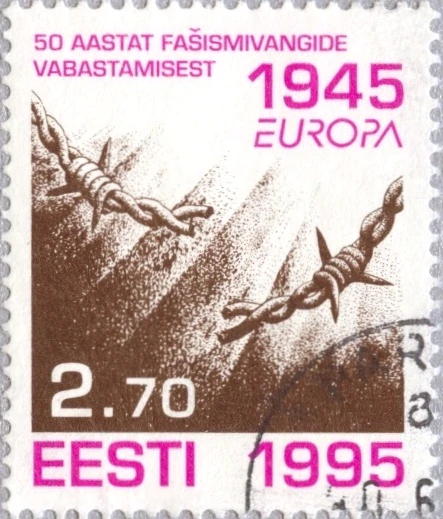

Culture, Religion and Music
Are reflected in many stamp issuances of Ukraine. These range from the World Heritage Site of Babyn Yar, to Princes and Monks to Traditional Ukraininan Easter Eggs and musical artists.
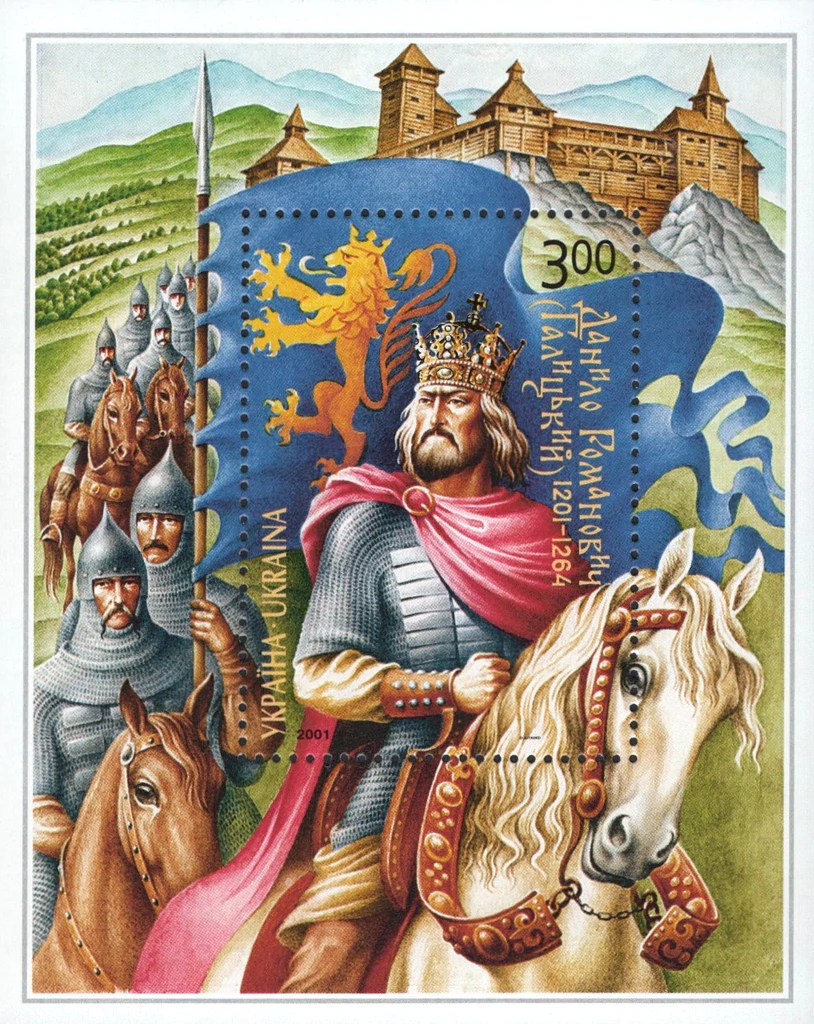
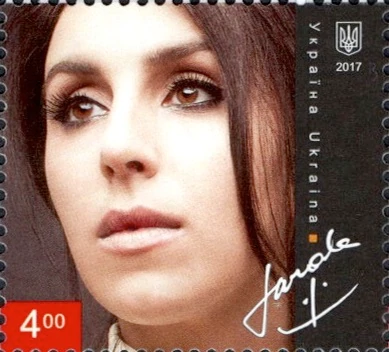
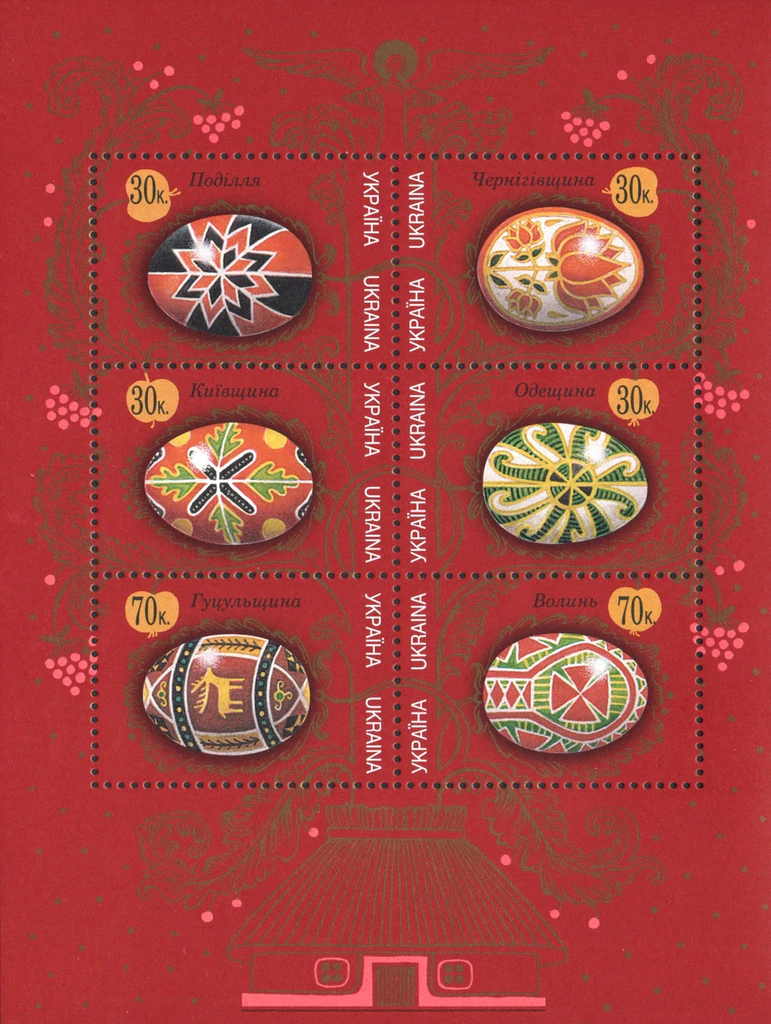
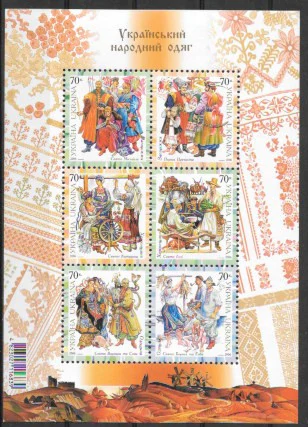
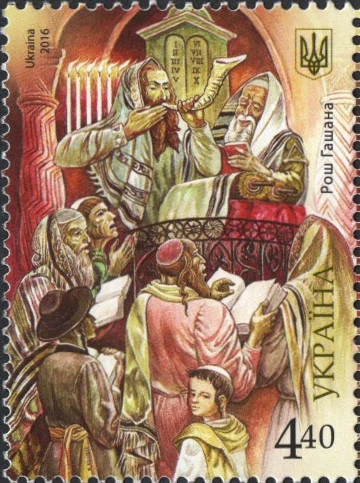
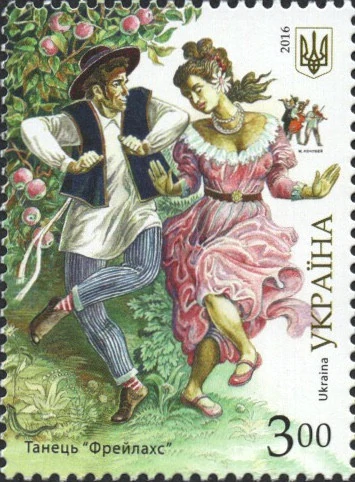

Taras Shevchenko, poet and painter, was the most important writer and significant figure in the development of a modern Ukrainian national consciousness. Born a serf, Shevchenko was bought out of servitude by a group of artists who recognized his talent for painting. Though considered by many to be the father of modern Ukrainian painting, Shevchenko made his unique mark as a poet.
Folktales and Children’s Books
Are favorite stamp offerings in Ukraine just as they are in the rest of Eastern Europe.
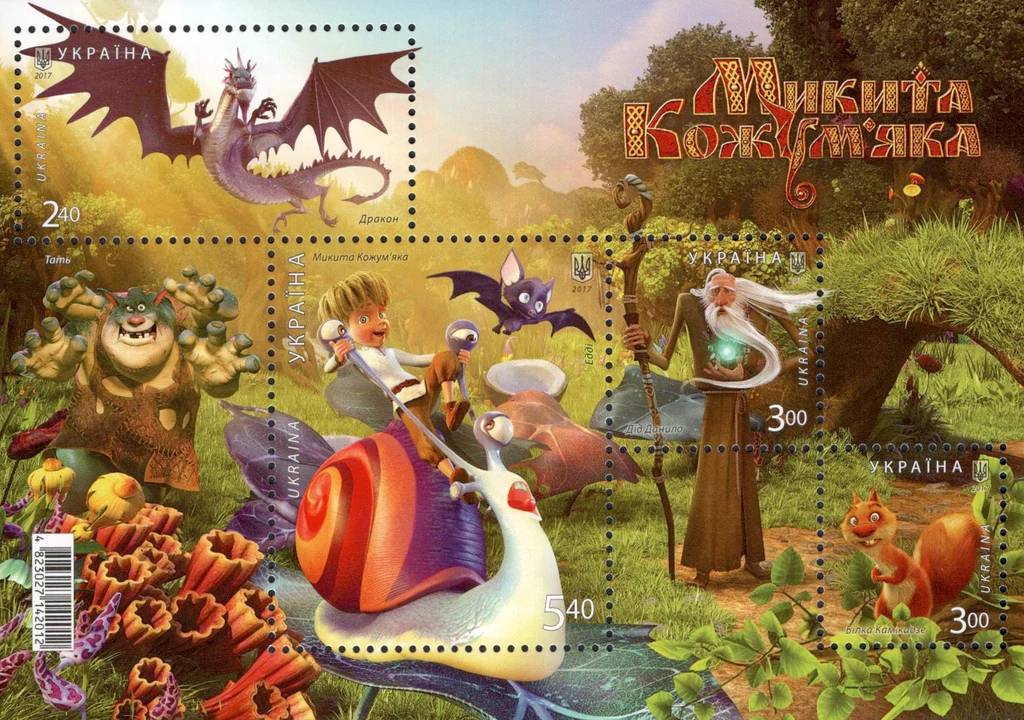
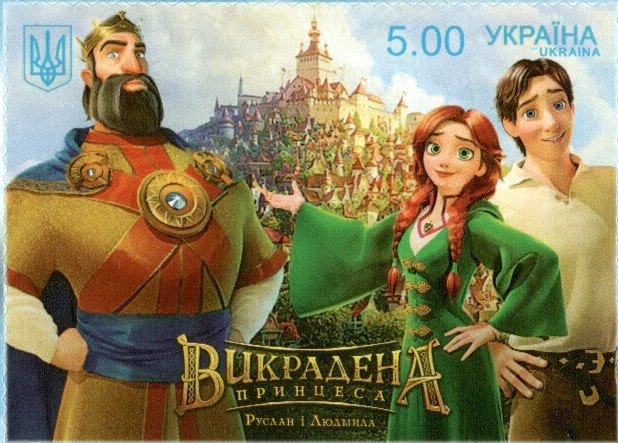
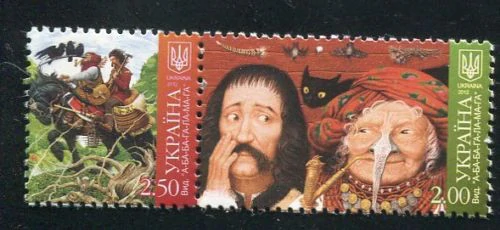
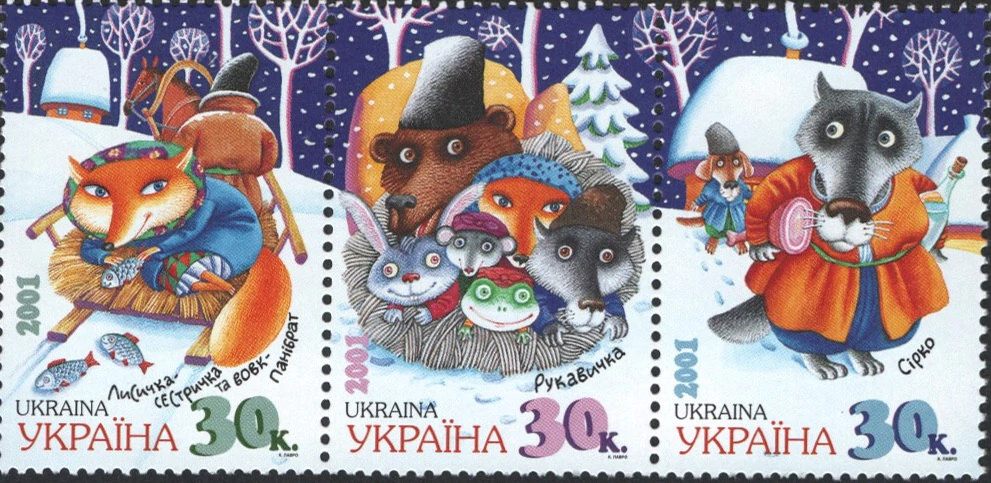
Endangered Species, Animals and Marine Life
These stamp issuances always hold a special meaning for philatelists.
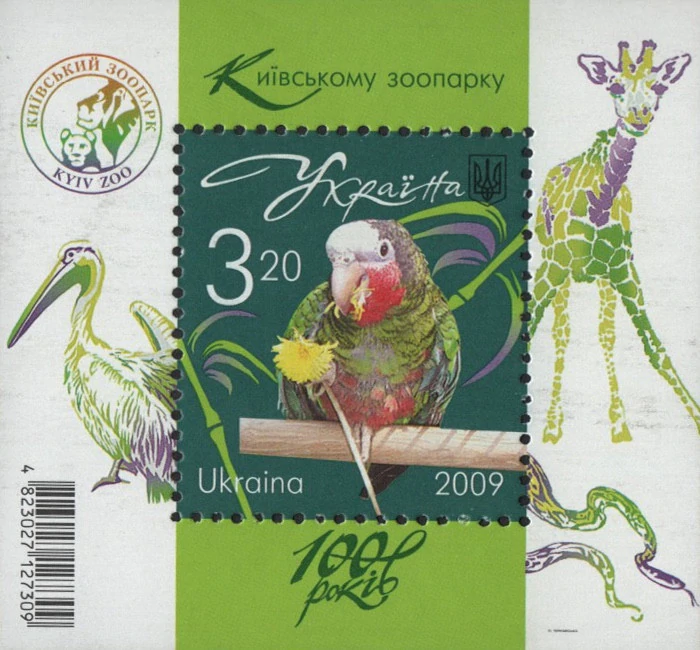
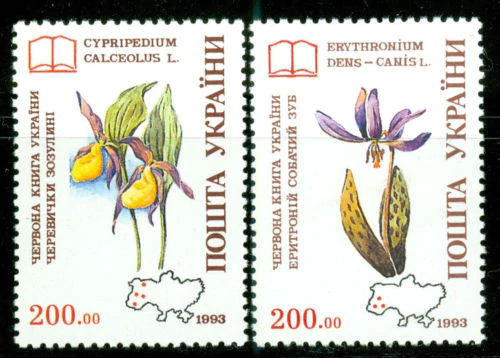
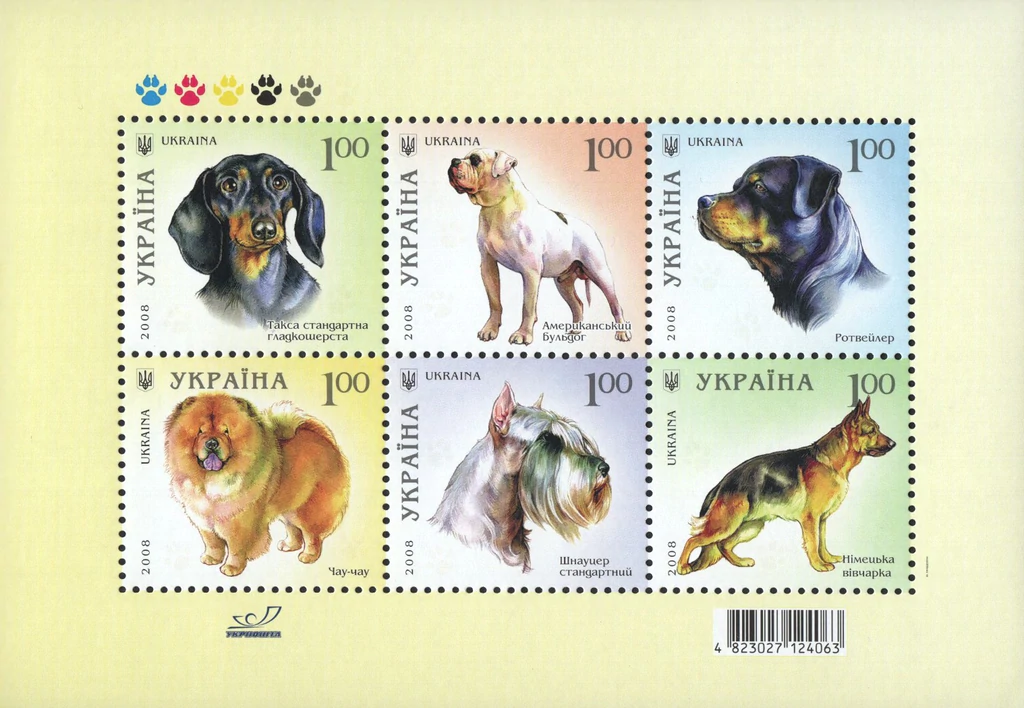
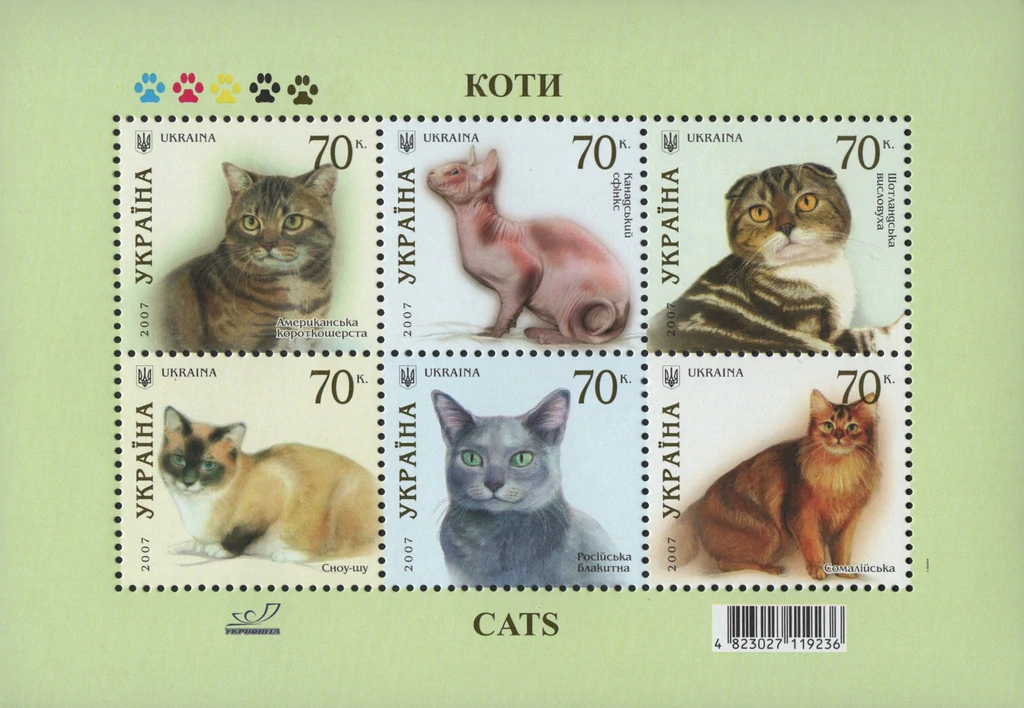
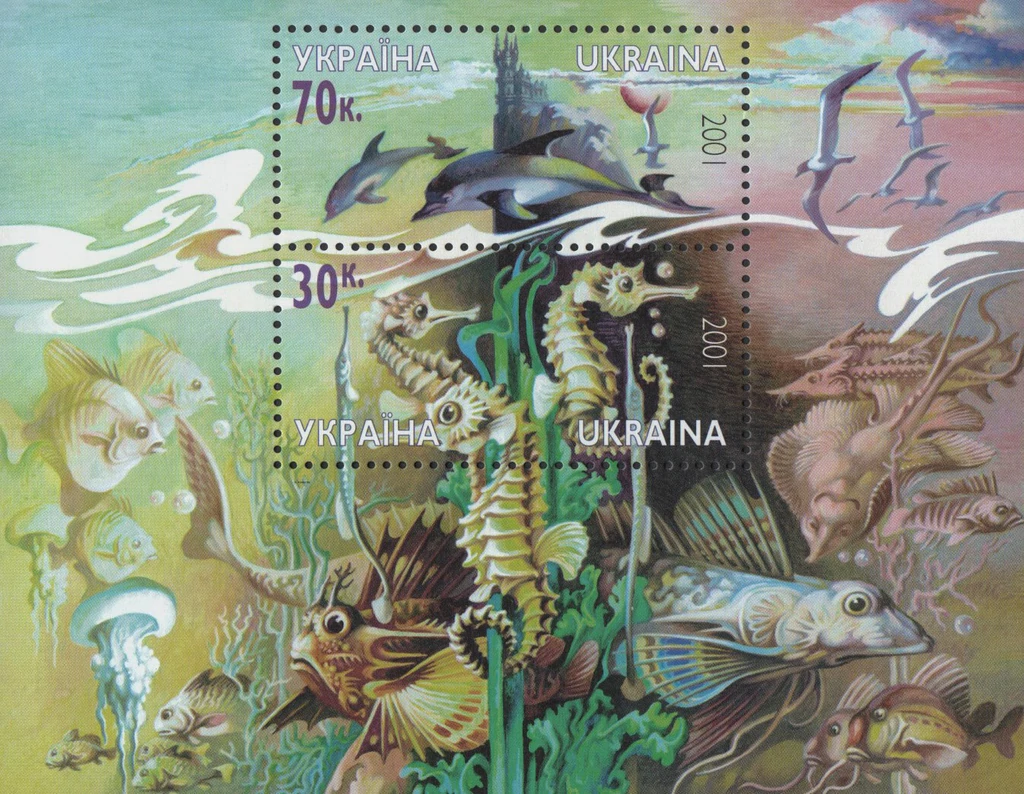
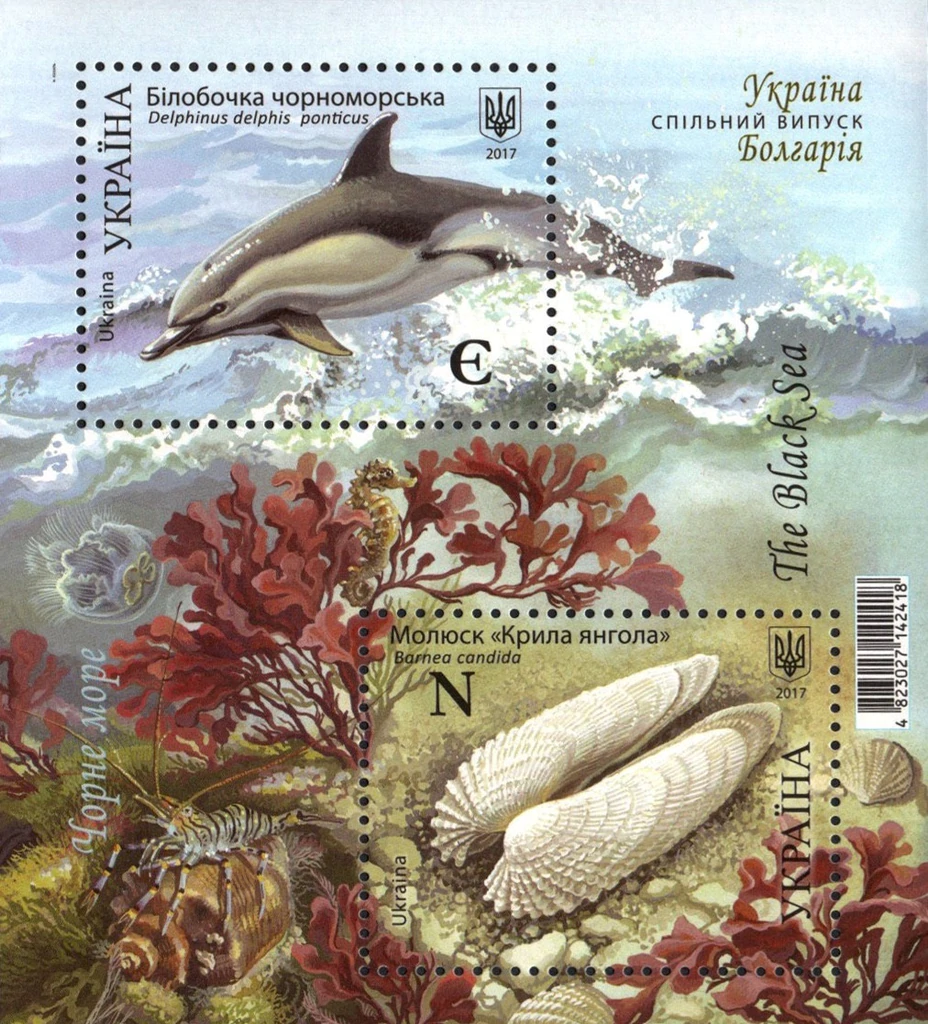
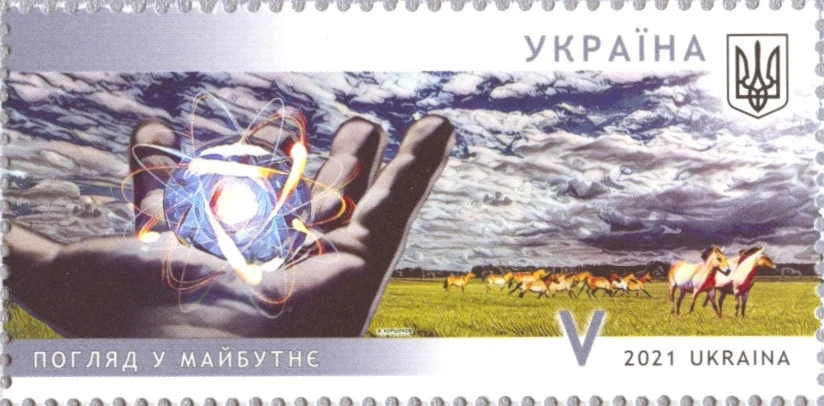
As we come to the end of our newsletter philatelic tribute to the people of Ukraine, our wishes for the courageous people of Ukraine are for brighter skies and more peaceful times.
The Bauer Family
Hungaria Stamp Exchange
Please consider donating to World Central Kitchen’s relief efforts to provide fresh meals to Ukrainian families.
